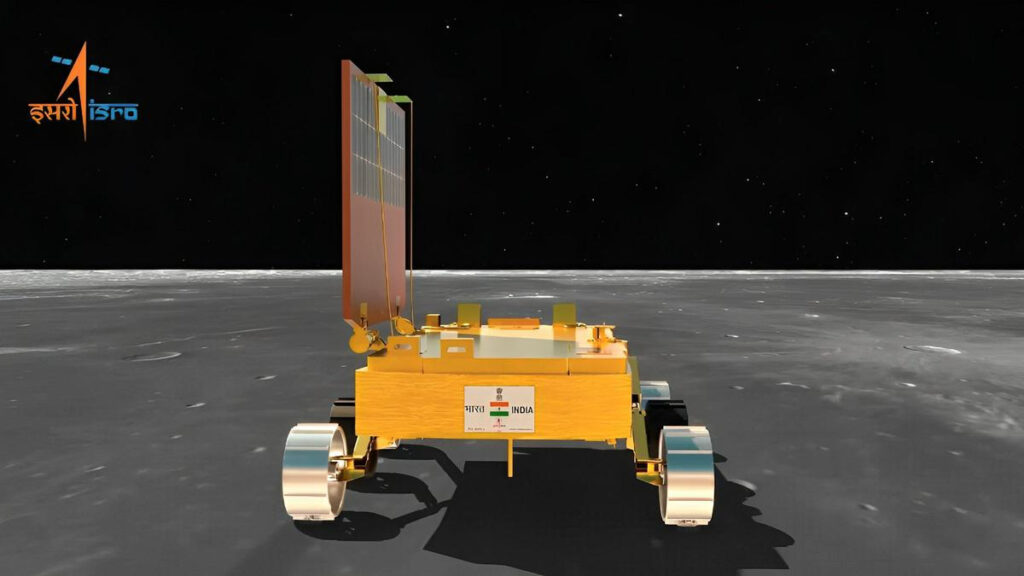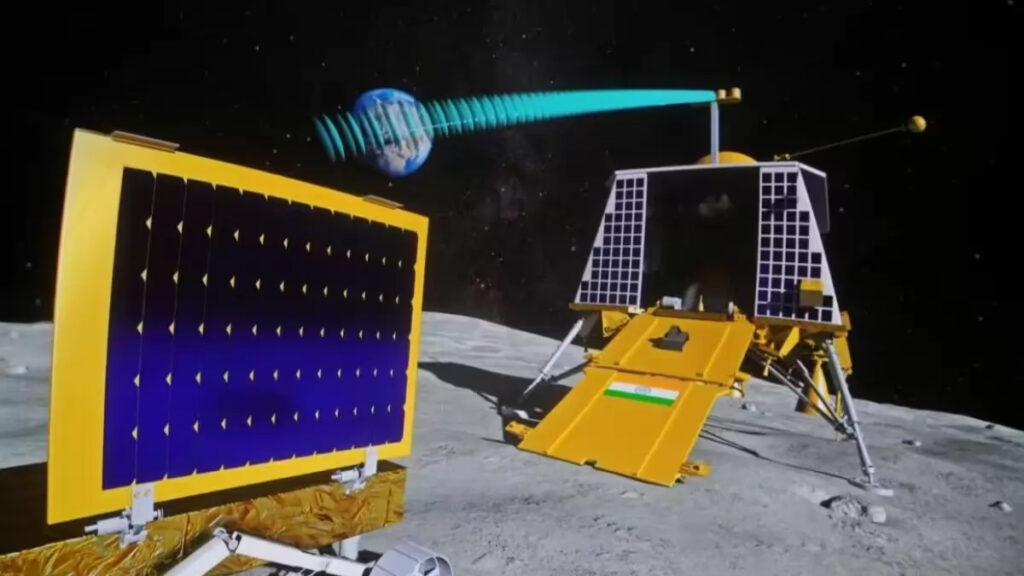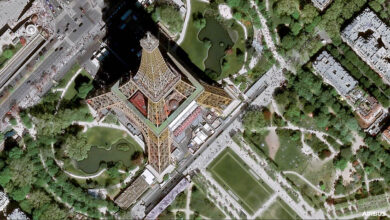Chandrayaan-3 Rover Pragyan confirms Sulphur and detects several other elements near the Lunar South Pole
- Preliminary analyses have unveiled the presence of Aluminium (Al), Sulphur (S), Calcium (Ca), Iron (Fe), Chromium (Cr), and Titanium (Ti) on Moon
Bangalore, August 30. Nearly a week after its historic moon landing, the Pragyan rover confirmed the presence of sulphur and detected several other elements near the lunar south pole as it searches for signs of frozen water, India’s space agency said.

The rover’s laser-induced spectroscope instrument also detected aluminium, iron, calcium, chromium, titanium, manganese, oxygen and silicon on the lunar surface, the Indian Space Research Organization ISRO, said in a post on its website.
It also said the instrument also detected aluminium, calcium, iron, chromium, titanium, manganese, silicon and oxygen, as expected.
“The Laser-Induced Breakdown Spectroscopy (LIBS) instrument on-board Pragyan has made the first-ever in-situ measurements on the elemental composition of the lunar surface near the south-pole.
These in-situ measurements confirm the presence of Sulphur(S) in the region unambiguously, something that was not feasible by the instruments on-board the orbiters,” the space agency said in a statement.
According to ISRO, LIBS is a scientific technique that analyses the composition of materials by exposing them to intense laser pulses.
“A high-energy laser pulse is focused onto the surface of a material, such as a rock or soil.
The laser pulse generates an extremely hot and localised plasma. The collected plasma light is spectrally resolved and detected by detectors such as Charge Coupled Devices.
Since each element emits a characteristic set of wavelengths of light when it’s in a plasma state, the elemental composition of the material is determined,” it said.

Preliminary analyses have unveiled the presence of Aluminium (Al), Sulphur (S), Calcium (Ca), Iron (Fe), Chromium (Cr), and Titanium (Ti) on the lunar surface. Further measurements have revealed the presence of manganese (Mn), silicon (Si), and oxygen (O), it said.
“Thorough investigation regarding the presence of Hydrogen is underway,” ISRO said.
LIBS instrument is developed at the Laboratory for Electro-Optics Systems at Peenya Industrial Estate, Bangalore where the first India satellite was fabricated in 1975.
India on August 23 scripted history as ISRO’s ambitious third Moon mission Chandrayaan-3’s Lander Module (LM) touched down on the lunar surface, making it only the fourth country to accomplish the feat, and first to reach the uncharted south pole of Earth’s only natural satellite.
Prime Minister Narendra Modi during his visit to ISRO’S Telemetry Tracking Centre (ISTRAC), in Bengaluru had announced the decision to name the spot where Chandrayaan-3 Vikram lander made soft landing as ‘Shiv Shakti Point’ and the site where the Chandrayaan-2 lander crash-landed on the Moon’s surface in 2019 would be known as “Tiranga Point”.
Also, August 23, the day the Chandrayaan-3 lander touched down on the lunar surface, would be celebrated as ‘National Space Day’, PM Modi had said.





